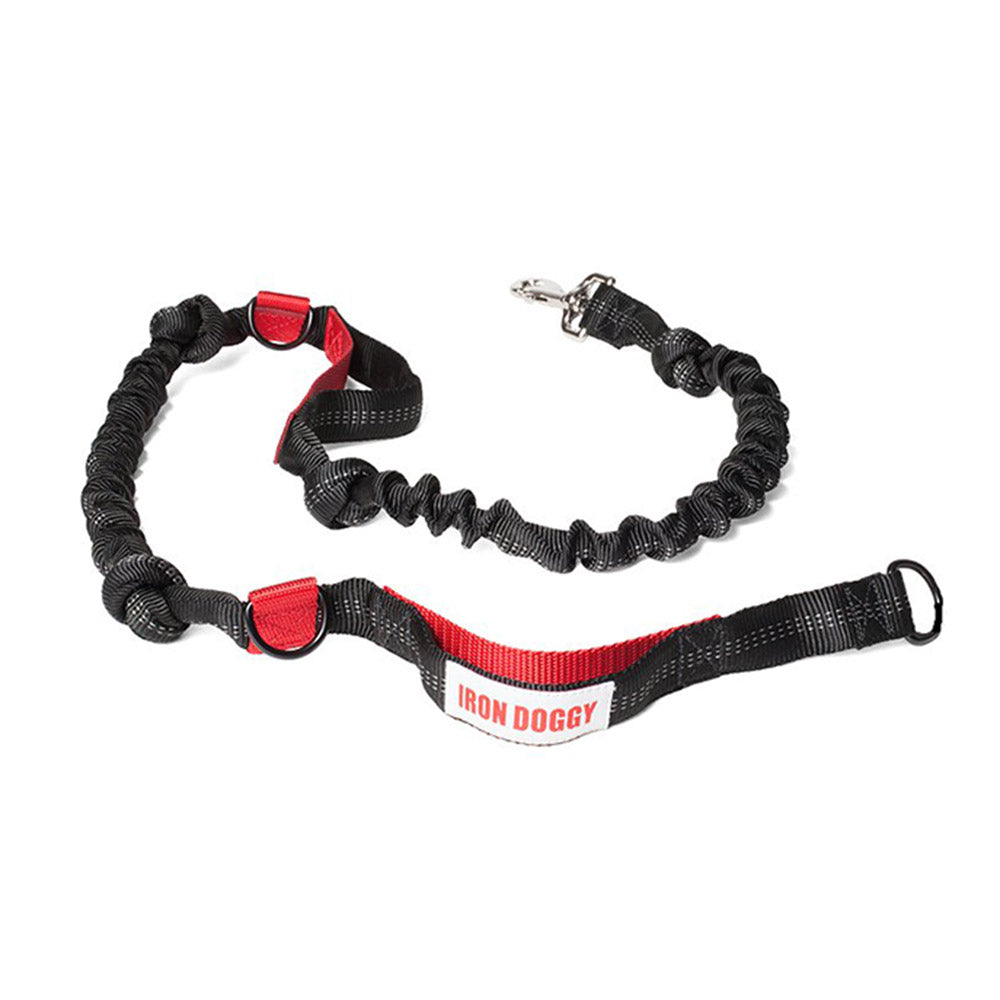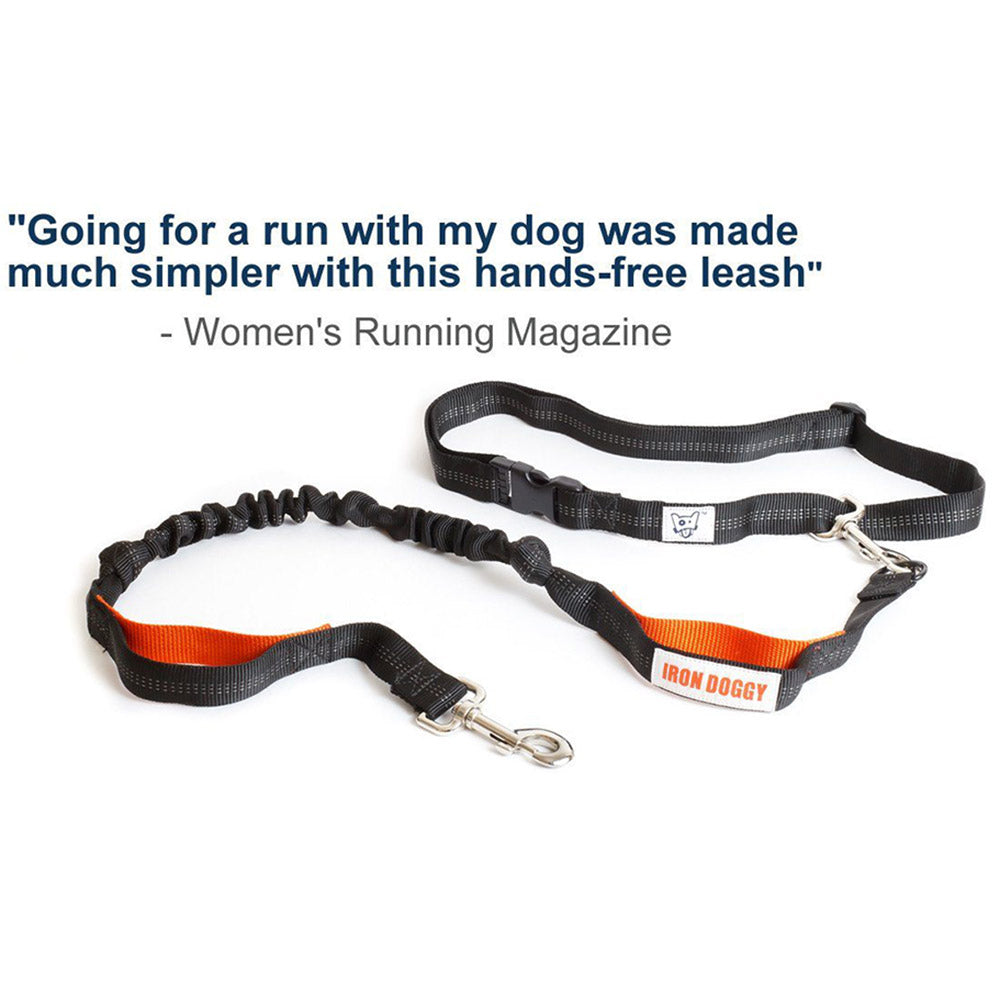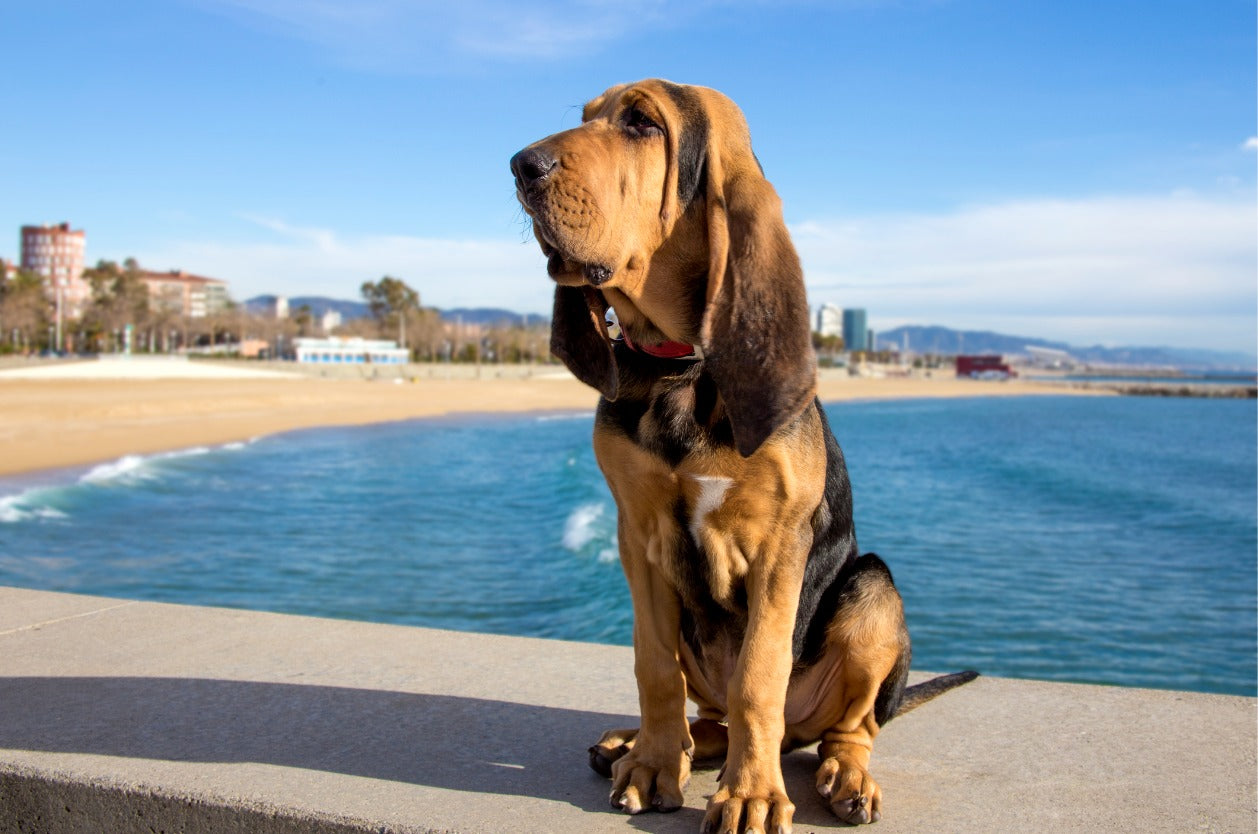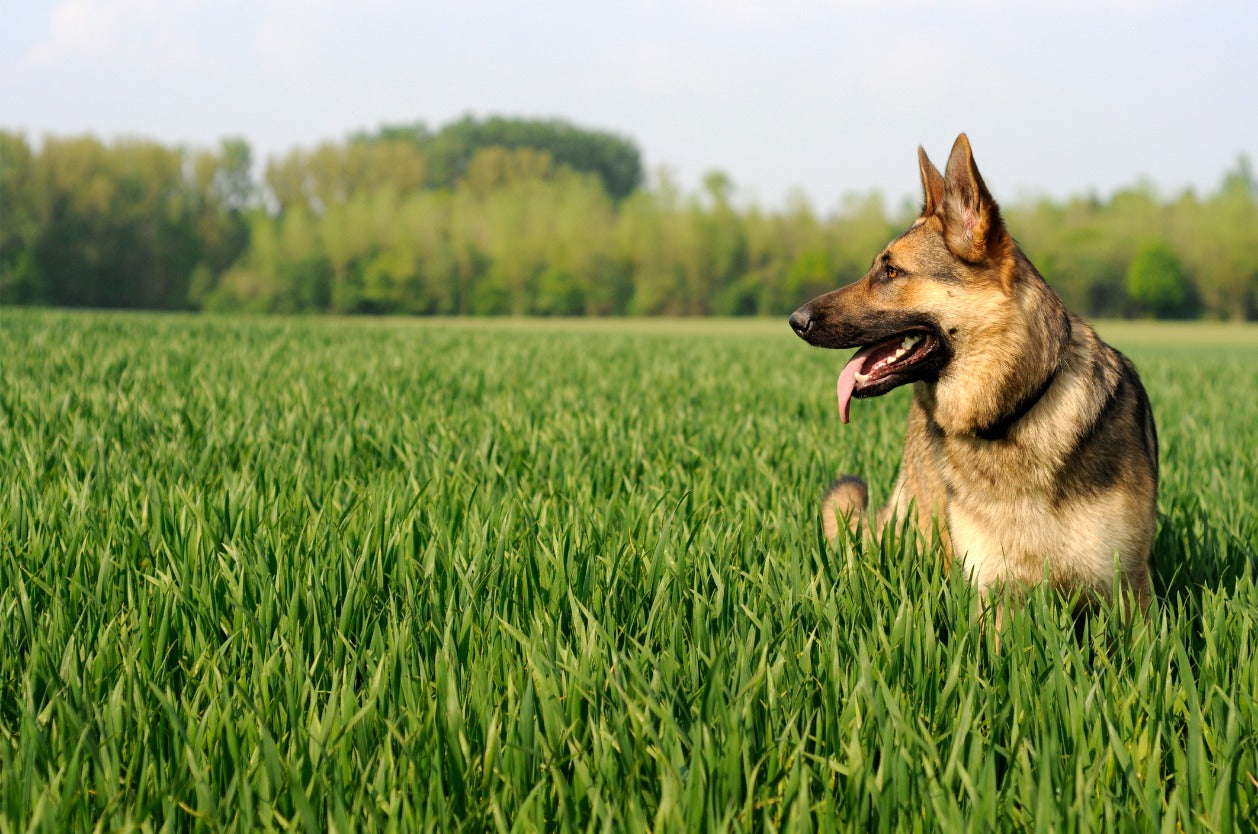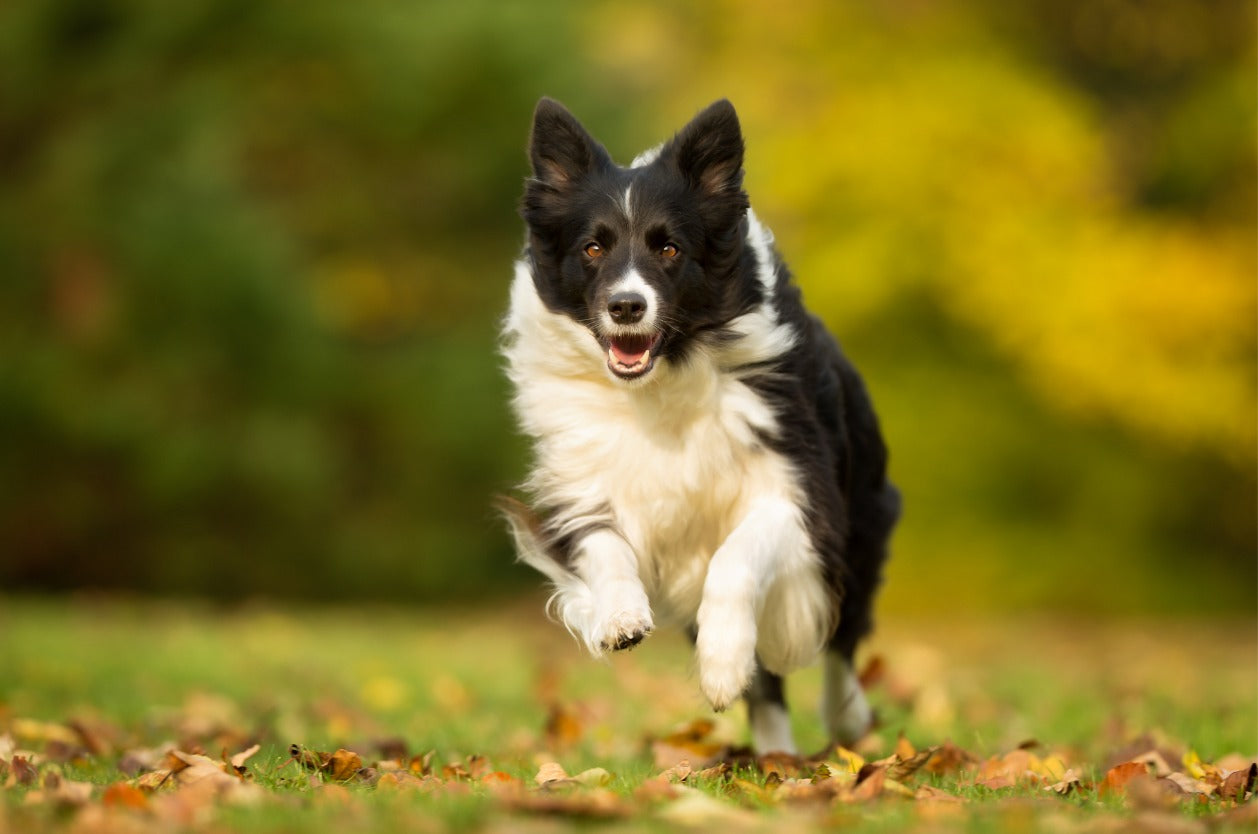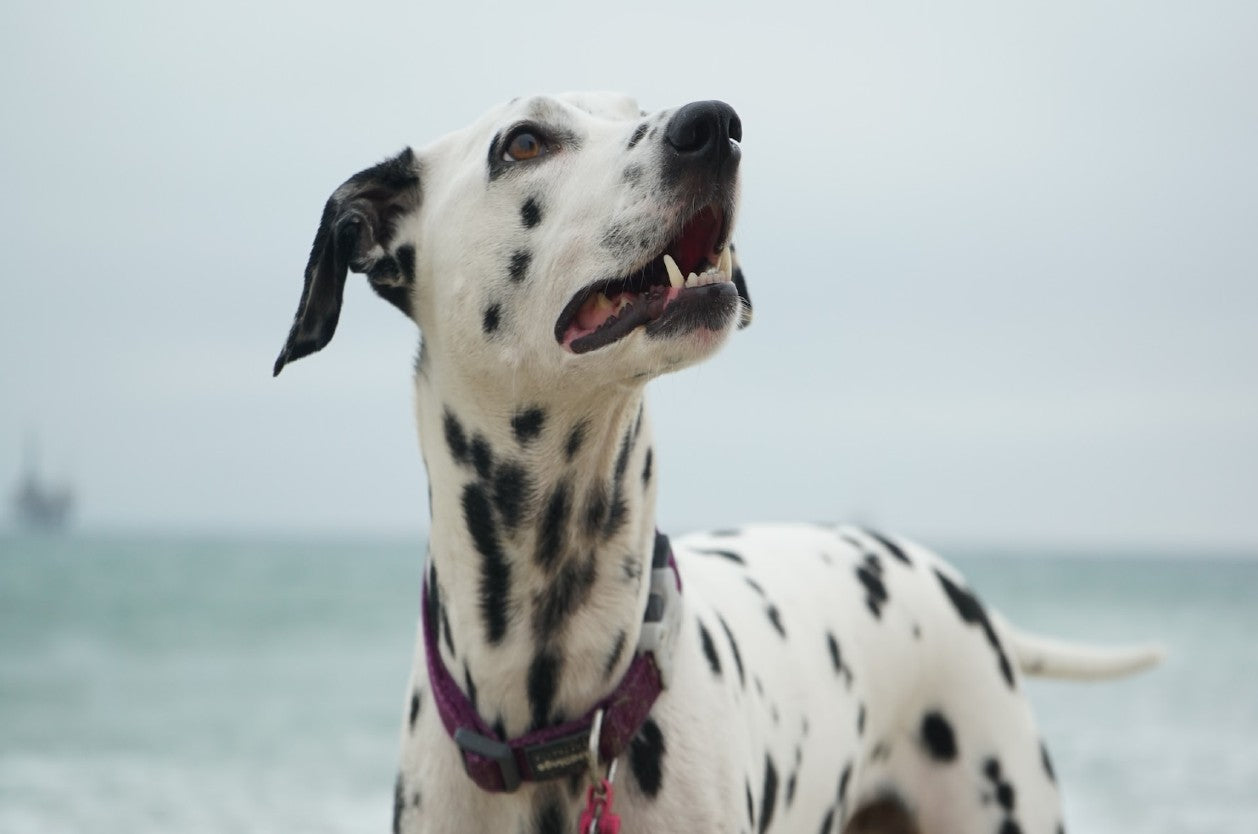
Do you come back with sore hands after every run with your dog? Leash burn can happen even after a simple walk if you aren't using the correct leash or your pampered pooch is a bit too anxious to meet and greet. Your pup doesn't even have to tug a lot to cause a painful burn. Just taking him for the frequent walks he deserves can end with leash-burned hands.
In fact, it's rare to find a dog owner who hasn't experienced at least a mild burn from holding their dog's leash!

Soothing Your Hands After a Leash Burn
A leash burn is a type of friction burn that results from a rough object (like that nylon leash!) repeatedly abrading your skin. According to Healthline, some indications that you've suffered a leash burn are irritation, redness, blisters, and/or bleeding. A mild leash burn will only cause surface damage to the top layers of the skin. However, a really severe leash burn can go all the way to the bone. Ouch!
How to Clean a Leash Burn
First, Healthline suggests rinsing the burn with cool, clean water. Ideally, you can rinse it under running water to help flush away dirt, bacteria, and even leash fibers. If there isn't running water available, use a cool (not icy) compress. Use sterilized tweezers to gently tease out any remaining debris.
Next, apply sap from a fresh aloe vera leaf or a topical aloe solution to relieve the pain and start the healing process. Finally, gently and lightly wrap the area with a sterile gauze pad and cloth gauze tape.
Change the bandage at least once a day or as often as needed to keep it clean and dry. Gently apply more aloe with each bandage change. Do not pop any blisters that might appear! Lastly, drink plenty of water to prevent dehydration.
You should also watch out for signs of infection after a leash burn. They might include increased redness, puffiness or swelling, oozing, yellowish or greenish pus, an unusual appearance, or pain that can't be controlled with over-the-counter pain relievers. If you haven't had a tetanus shot in the last five years and the burn broke the skin, you should definitely get a tetanus booster right away.
Note: If the leash burn is longer than 2 or 3 inches, deeper than the upper layer of skin, has dirt or other debris that can't be easily removed, or shows signs of infection, it should be checked out by a doctor.

Teaching Your Dog Loose Leash Walking Can Stop the Burn
Training your dog to walk on a loose leash is the first and most important step in preventing leash burn. After all, a slack leash is highly unlikely to cause a friction burn!
Choose an Ideal Location
Start this important training in a quiet, boring room of the house. You'll gradually move from that boring room to a busier room like the kitchen, to the backyard, front yard, a quiet street in the neighborhood, and eventually the whole neighborhood. Once your pet reaches a pro level, she'll even walk on a loose leash on busy city streets or to her favorite dog park!
Just be aware that you might have to retreat to any earlier step if she gets excited in a new area and forgets to keep that leash loose. Patience is the key here. Practice at each step until she definitely "has" it, and only then move on. Oh, and plenty of yummy treats help too!
Give Your Pup a Treat
A treat suddenly appearing whenever your dog stays close to you is a sure way to encourage that behavior and the loose leash that goes along with it. Just make sure that the clip on the leash is hanging down before you offer that treat. If it isn't hanging down, that's an indication that your pup is putting pressure on the leash. And that's a behavior you definitely don't want to reward!
Choose which side you want your dog to stay by and stick with it. Give her the treats at head height and right next to your leg. Frequently handing out treats will encourage her to stick close to her human vending machine. If you know she'll be tempted to lunge after squirrels, stray cats, or other dogs, you'll need to up the value of the treats. Most dogs will ignore almost anything when they know you're carrying bits of hot dog and are willing to share!
If your dog does lunge or even just tugs on the leash, make an immediate 180-degree turn and walk briskly the other way. Your surprised dog will have no choice but to follow along. Once her focus is back on you, go back to rewarding her for that loose leash. K9 of Mine also suggests some fun games you can play with your pup while teaching her to walk on a loose lead.

How to Prevent Leash Burn
Using a hands-free leash that wraps around your waist is another great way to prevent leash burn since your hands won't actually be in contact with the leash. Below are some other options for preventing leash burn.
- Always inspect your leash for roughened or frayed areas before heading out on a walk or run. Both your skin and your dog's life might depend on this simple step!
- Choose a padded leash made from a softer, smoother material than the typical flat nylon or coarse rope leashes.
- Avoid retractable leashes! These leashes give you less control over your dog. Using them can result in nasty leash burns in especially sensitive areas like behind your knees or around your ankle. Even your precious pooch can suffer a burn from these leashes!
- Wear gloves — during your winter runs, at least.
For more great tips on living your best life with a dog, visit our Dog Blog. And for more information on running with your dog or our hands-free leashes, send us a woof. We always love to interact with other dog parents and avid runners!


